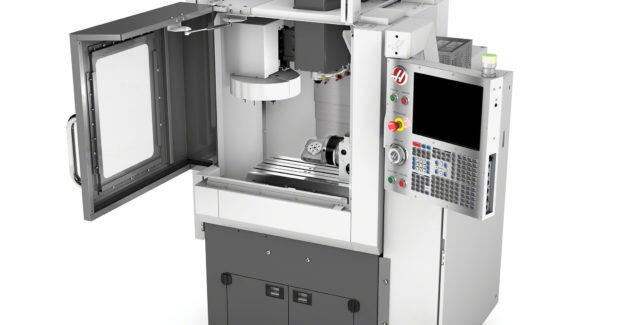E- בריוו פֿאָרמאַט טעות
emailCannotEmpty
emailDoesExist
pwdLetterLimtTip
inconsistentPwd
pwdLetterLimtTip
inconsistentPwd

נייַעס
What is the Difference Between CNC Swiss, Multispindle and CNC Control
The origin of automatic manufacturing dates back to the late 19th century when both American and Swiss engineers converted manually operated lathes to automatically cut metal to efficiently produce screws and other turned parts. Initially the primary application for this equipment with the production of screws leading to the term screw machine being applied generically to this equipment.
The range of application for these precision machined components is nearly endless and each type of screw machine has been developed to meet the needs of this constantly expanding range of products. The design and tolerance of a component are frequently the driving forces behind the type of machine employed and in many cases, they drive the development of new screw machine tool technology.

#1 Swiss Style/Sliding Headstock Machines
This is certainly the case with Swiss-style or sliding headstock machines. For the Swiss, the driving force for innovation was a need to produce a high volume of miniature watch components to very precise tolerances. This manufacturing hurdle was overcome through the use of what is now known as a Swiss-style sliding headstock machine. This type of machine employs what is known as a guide bushing allowing the raw material to be machined to right at the point where the guide bushing can support it, allowing the part produced to be exceptionally stable throughout the various cutting operations regardless of how long and slender it may be. This allowed long slender workpieces to be machined with exceptional precision on an automatic lathe for the first time.
#2 Muti Spindle
Other components must be made in such quantities that additional efficiencies must be found. To address this type of challenge, the multi-spindle cam automatic screw machine was developed. These machines built upon initial designs pioneered in the nineteenth century but revolutionized the concept by combining multiple spindles into the same platform, allowing the work to be distributed among each and reducing the machine time required to produce each workpiece. The benefit of this multi-spindle configuration is in reduced production time. Each physician performs a portion of the machining in its turn, allowing for six simple operations to be performed simultaneously, producing a single finished workpiece in a fraction of the time required to produce it in a linear step-by-step fashion. Although each position generally involves only one or two mechanically driven axes of motion, the complexity and precision of the parts attainable are remarkable. They can produce components that meet the demanding specifications of 21st century automotive, aerospace, and medical applications, often maintaining tolerances as small as one-fourth the width of a human hair.
#3 CNC Control
The ever-increasing requirements of component design and production efficiency necessitated a new revolution. In the late 1950s, computer engineers would leverage the burgeoning technology they were developing to bring even more capability, efficiency, and precision to manufacturing as they pioneered computer numerical controls or CNC. By controlling an array of servo motors, CNC machines can manipulate the machine’s tools along multiple axes in a coordinate plane to produce an infinite array of workpiece features of nearly any complexity. By coupling various mechanical advances like the guide bushing with CNC technology, modern screw machine shops can excel at overcoming one of the more frequent challenges encountered producing components that are long and slender with additional complicated features, such as wrench flats or off-axis holes. The CNC-controlled sliding headstock or CNC Swiss machine is the premier technology employed. Combining the flexibility of CNC with the accuracy and precision of a Swiss-style guide bushing and sliding headstock design, these machines efficiently and accurately provide tight tolerances and excellent cosmetics on long, slender, or miniature parts with complex features for any number of applications, including medical, aerospace, defense, and automotive. In contrast, due to their size and rigidity, components of larger diameter in many cases don’t necessarily require the specific features of a Swiss machine.
Conclusion
For more information about used swiss lathe,swiss automatic lathe,cnc swiss lathe machine, we are glad to answer for you.

